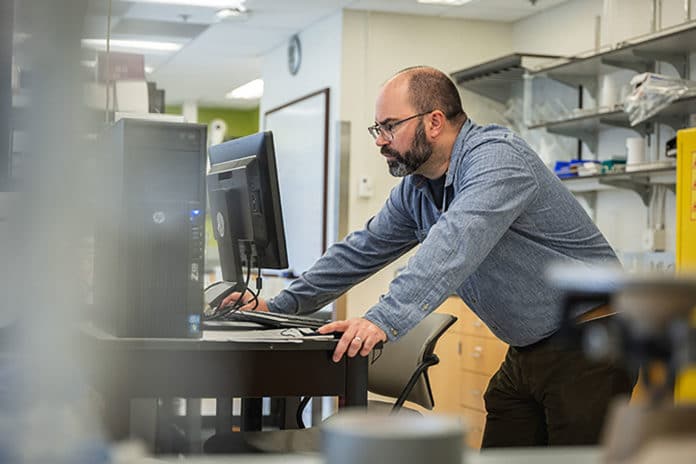Infections that are drug-resistant and developing are becoming a growing global health threat. Hence, demand for new kinds of antibiotics is surging. Researchers are racing to reexamine a group of microbes known as actinomycetes, one of our most successful treatment sources.
Antibiotics and anticancer agents are among the many clinically valuable medications produced by actinomycetes. Rare actinomycetes have been found to produce bioactive compounds, although their potential is still unknown. Among the rare actinomycetes, Lentzea flaviverrucosa emerged as a standout.
Scientists at Washington University in St. Louis and the University of Hawaii discovered a potential candidate for drug development from one such microbe, the soil bacterium known as Lentzea flaviverrucosa. This approach allowed us to identify an unusual peptide for future drug design efforts.
Joshua Blodgett, assistant professor of biology in Arts & Sciences and co-corresponding author of the new study, said, “Lentzea flaviverrucosa has unusual biology, encoding for unusual enzymology, driving the production of unexpected chemistry, all harbored within a largely overlooked group of bacteria.”
When scientists were seeking unusual actinomycetes with a genetic signature indicating that they can manufacture piperazyl molecules, they came across Lentzea flaviverrucosa. These compounds include a unique building component that signals the presence of drug-like properties. Scientists got surprised when they dug deeper.
Blodgett said, “At a high level, it looked as if one region of the genome might be able to make two different molecules. That’s just a little strange. Usually, we think of a gene cluster, groups of genes that are like blueprints for making individual drug-like molecules. But it looked like there was almost too much chemistry predicted within this single cluster.”
Using a combination of modern metabolomics with chemical and structural biology techniques, scientists have shown that this rare actinomycete produces two different bioactive molecules from a single set of genes called a supercluster.
Blodgett said, “Nature is welding two different things together. And, as it turns out, against several different cancer cell lines, it turns into something more potent when you stick A and B together.”
Journal Reference:
- Chunshun Li, Yifei Hu, Xiaohua Wu. Discovery of unusual dimeric piperazyl cyclopeptides encoded by a Lentzea flaviverrucosa DSM 44664 biosynthetic supercluster. DOI: 10.1073/pnas.2117941119
